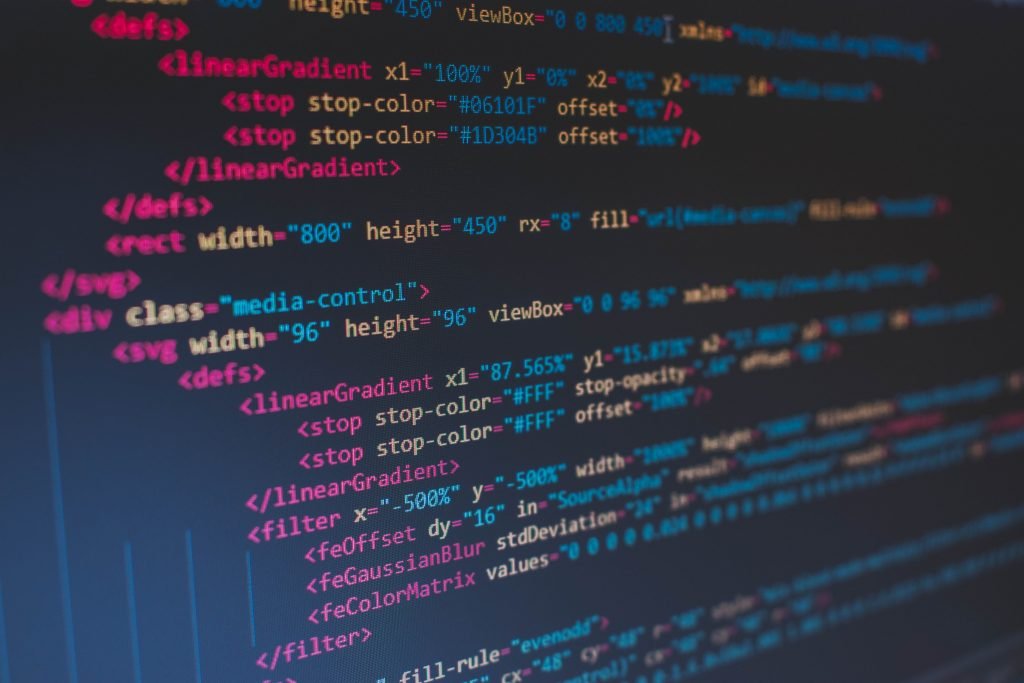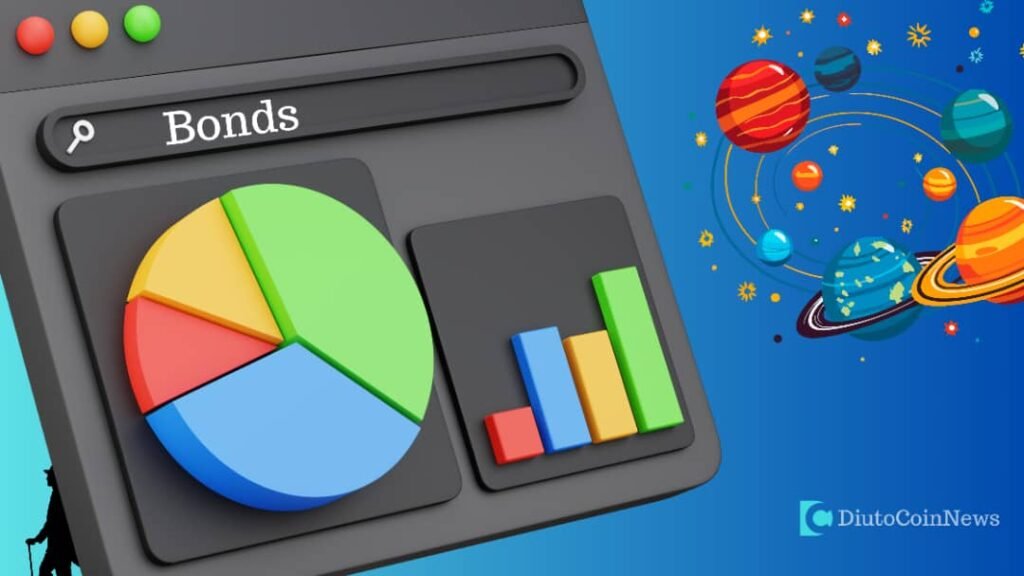Web 3.0 Developer journey starts here. Technology is gradually moving from web 2.0 to web 3.0. With the emerging web 3.0 technologies like SocialFi, DeFi, GameFi , metaverse and the hype around NFTs. It will be easy to say that blockchain tech, web 3.0, is the new digital gold mine.
There are currently many factors that make becoming a smart contract developer a lucrative career prospect, from the opportunity to work with technology that is having a transformational impact on the world to the great demand for smart contract developers in the talent market.
Furthermore, smart contract development skills are becoming increasingly relevant. In the 1990s, engineers moved from the closed world of mainframes to the open databases of the Internet, and a similar transition is happening now with the introduction of smart contracts.
Just as developers transitioned to a more relevant tech stack for the future back then, developers now are making the move to the Web 3.0 stack. The average annual salary of a blockchain developer in the US is about 98k USD!!!. Amazing right.
Aspiring smart contract developers are bound to have many questions about how to make this transition: What is the Web 3.0 developer stack? What coding languages should you learn? What technical skills will be required, and how can you learn them? Below, you’ll find the answers to these questions and more in this guide.
Here is the summary of the guide. Use the links to easily navigate to any section
- Who is a web 3.0 developer
- Blockchain Languages
- Technical Skills needed for smart contract development
- Where to Learn smart contract development
- Conclusion
Who is a web 3.0 developer ?
A Blockchain developer develops Blockchains by writing smart contracts using various technologies.
There are two different kinds of blockchain developers:
- Core blockchain developers design the architecture and security of a blockchain system
- Blockchain software developers use the core web foundation and architecture built by the core developer to create decentralized applications (dapps) and web applications, as well as smart contracts
Blockchain Language
The most popular language of blockchain smart contracts is Solidity common with a Web 3.0 developer with Vyper being a leading competitor. Unlike interpreted languages like Python, Solidity is statically typed (variable types are declared) and compiled, meaning you need to generate a binary before running.
Solidity is the language developed by Gavin Wood to solve the unique problems Ethereum faced in 2014, and it’s now the default language of all Ethereum Virtual Machine (EVM)-compatible chains. This means that whether you are developing on Ethereum, Avalanche, Polygon, Binance Smart Chain (BSC), or any other EVM chain, you are going to need to know the ins and outs of Solidity.
However, there are some chains that do not utilize the EVM and are programmed in different languages. Solana is one example of a blockchain that does not use Solidity, but rather the pre-existing languages Rust and C/C++.
So how do you choose a blockchain to develop on? There are many considerations and no one-size-fits-all answer. Ethereum is currently where most dApps exist, and it typically has the most liquidity. Additionally, Ethereum’s considerable history gives it a reputation for reliability.
Ethereum is a strong choice of speed and low cost are not your primary concerns and you have ecosystem needs (a dApp you want to interface with is only on Ethereum, for example).
You could also deploy on a scaling layer (L2) such as Arbitrum, which has full EVM compatibility but “rolls up” the transactions into compressed bundles so transaction throughput is higher, meaning costs are lower and speeds are faster.
As for the other EVM chains, each offers some form of scalability improvement over Ethereum; BSC uses larger transaction blocks, Polygon is a sidechain that trades off some decentralization for scaling, while Avalanche uses a new consensus algorithm to improve its transaction speed/cost.
For the sake of this article, we’ll be focusing on EVM chains via Solidity since this is the most common option for Web 3.0 developers journey.
Technical Skills needed for smart contract development
Compiled, relatively low-level backend languages such as C/C++ offer a strong entry point for getting into Solidity programming. Those with web development backgrounds or experience with languages like JavaScript and Python will need to adjust to the lower-level Solidity mindset, where you may find yourself operating directly on bits of a variable.
However, a full-stack blockchain programmer will want to have both skills, since it’s through the web3.js, ethers.js, and web3.py libraries that most interfacing with Solidity smart contracts is done. A good developer can handle either the backend Solidity contracts or the frontend in JS/Python—but a great developer can handle the whole stack.
The OpenZeppelin contract library is also a great source to draw from, as it saves developers the hassle of having to write some common contracts, such as a token contract.
Perhaps the most critical skill to develop is security. Your smart contract may one day be handling billions of dollars in value, so it’s of utmost importance that it is free of flaws. Vulnerabilities like reentrancy are important to consider in smart contracts.
Since smart contracts often call other smart contract functions, it’s possible for that other function to interrupt the flow of your smart contract. This was the cause of the famous $70M ETH DAO hack. A security mindset is essential for smart contract developers.
So what does the development flow look like for these contracts? Are there tools and IDEs to help us? Of course! A popular IDE is Remix, which is a web-based IDE that can handle both the compilation of your contract and its deployment onto your chain of choice. Additionally, Truffle and Brownie are two development frameworks also built to assist you.
To learn more about the process from beginning to end, including how to use these frameworks, we highly suggest checking out the extremely thorough smart contract course Chainlink Labs’ Lead Developer Advocate Patrick Collins gave through freeCodeCamp: Solidity, Blockchain, and Smart Contract Course – Beginner to Expert Python Tutorial.
To recap, these are some of the languages, libraries, and tools you should familiarize yourself with to become a smart contract developer:
- Solidity
- JavaScript
- Python
- web3.js/web3.py
- ethers.js
- Truffle
- Brownie
- Remix
Where to Learn
There’s an abundance of resources available to support your learning, from hackathons to blogs to Discord servers to YouTube channels and more. I’ve selected eight resources that offer an excellent combination for those looking to become smart contract developers below, followed by top resources from each resource area.
- Solidity, Blockchain, and Smart Contract Course – Beginner to Expert Python Tutorial
- CryptoZombies
- ChainShot
- Chainlink YouTube
- Ethereum.org
- ConsenSys Bootcamp
YouTube
If you’re a visual learner and prefer having someone walk you through a tutorial rather than following one alone, YouTube is a great resource. These YouTubers all provide excellent materials for those learning smart contract development, offering detailed tutorials for you to follow to support your learning.
Community
Participating in the community is critically important in the smart contract space. Learn from others who are more experienced, make friends, and help others who will help you in turn. Discord and Reddit communities are a powerful resource for getting real-time help and expanding your social circle with other like-minded developers. Here are some spaces that will help you along in your smart contract development journey.
Hackathons
Hackathons are an exciting way to accelerate your developer journey. Push your limits while developing at the cutting edge of new tech all while celebrated community leaders are there to advise and investors are searching for the next big project—which could just be yours. There are usually a huge collection of resources, workshops, prizes, and networking opportunities on offer in various hackathons.
ROAD MAP FOR WEB 3.0
In case you want to get started and need a path. Follow this road map.
- Pre requisites – Learn Javascript and web development
- Learn the basics of block chain
- Understand smart contracts
- Learn how to interface with the blockchain
- Learn Solidity
- Build your portfolio
- Start applying for jobs.
With a focused mindset and consistency, one can land a junior role after learning for a period of 1 year and 6months.
CONCLUSION:
There are many paths to becoming a smart contract developer, I have laid out some options, but it’s up to you to choose which fits you best. The most important thing is to build something for fun, begin exploring, and start asking questions—the rest will follow. Whether you’re a backend developer, a web developer, or new to development work altogether, there’s a path for you to succeed and plenty of people who are happy to help. So take that first step: join the Discords, read the tutorials, join a hackathon, and start building the exciting future that is Web 3.0.
Discover more from DiutoCoinNews
Subscribe to get the latest posts sent to your email.














Very educating content